The following is a guest post from Reuben Yonatan. Reuben is the founder of GetVoIP – an industry-leading business comparison guide that helps companies understand and choose a VoIP system for their specific needs. Follow him on Twitter, @ReubenYonatan.

We at GetVoIP have gone through a lot to get to the point we’re at today. For those of you who don’t know us, we highlight the top VoIP providers and offer shoppers an alternate way of learning more about each vendor.
However, it’s not that easy to be taken seriously in this hyper-competitive space.
There are plenty of websites people can visit to get advice on business software; they can even just go to a provider page to get reviews. But, many of those websites are too promotional to trust. We pride ourselves on being transparent with our customers and helping providers reach out to as many people as possible. This leaves many of our competitors wondering how we even make money, but that alone says enough about why we’re coming out ahead.
In order to be taken seriously by the providers we cover, we have to show them how committed we are to their products by constantly brainstorming and optimizing every level of our business model.
If we don’t have a solid process, our leads will go to someone else that does.
Here, we’re going to break down three internal changes we have made to our marketing workflow which helped us help providers spread their products and services to even bigger audiences.
1. Set specific KPIs for every part of the email marketing funnel – not just bottom line conversions
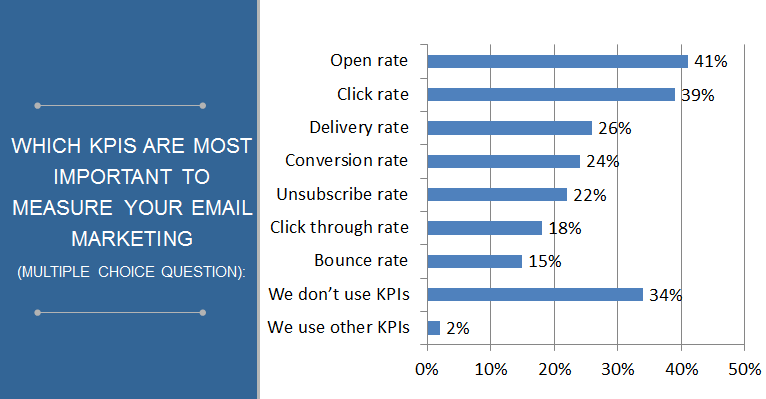
Bottom line conversions are a crucial, overall indicator of how well we’re doing, but they don’t do enough to show us what’s working and what’s not. There are a number of moving parts in the email marketing funnel where only looking at the bottom line conversions isn’t enough. It’s imperative to find a balance between the big and small picture.
For example, we started optimizing our email marketing campaigns for open rates (by optimizing the subject lines and time of day emails are sent). We forced ourselves to pay more attention to what people want to read when they get an email. This is significant because most people are reluctant to open any emails they receive from someone they may not know.
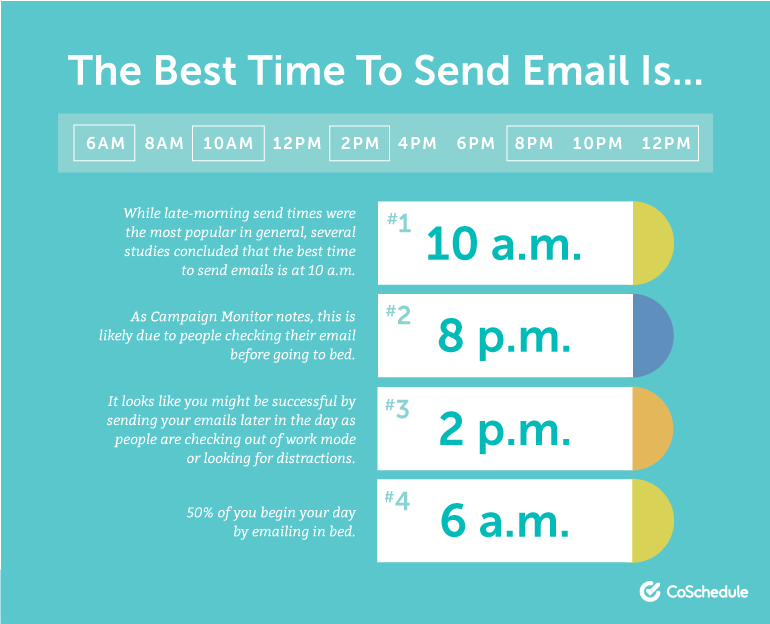
They also can’t open emails if they’re busy at work or if they’re asleep. We looked into when the best times to send emails were so we could give ourselves the best possible chance at getting whoever we’re targeting to open the email. It’s never a guarantee, but split-testing these metrics on a regular basis versus making random changes whenever we saw a dip in conversions is a huge improvement.
We also focused on reply rates as well. We all know from our own personal experience how easy it is to avoid replying to an email. When we find that we’re getting a higher or lower reply rate, we adjust our content accordingly. We let our customers guide us to better email marketing campaigns simply by paying more attention to the data we gather.
2. Stop optimizing around microresults, and start to collect larger data sets
There’s a balance businesses have to obtain when looking at customer data. If you look at only the big picture, you don’t give yourself the opportunity to learn where workflows can be optimized; if you only look at data on a micro-level, you don’t get the big picture, which ultimately tells you if your marketing campaigns are actually effective in the long run.
We used to limit the amount of data we were testing, to let’s say a one or two week running period, because we were only interested in specific results fast, and just wanted to find and stick to a winning campaign. This turned out to be a business mistake because we didn’t allow campaigns to really run to its maximum capacity. We realized that we needed to let campaigns run a much longer period in order to collect accurate data before we take further action.
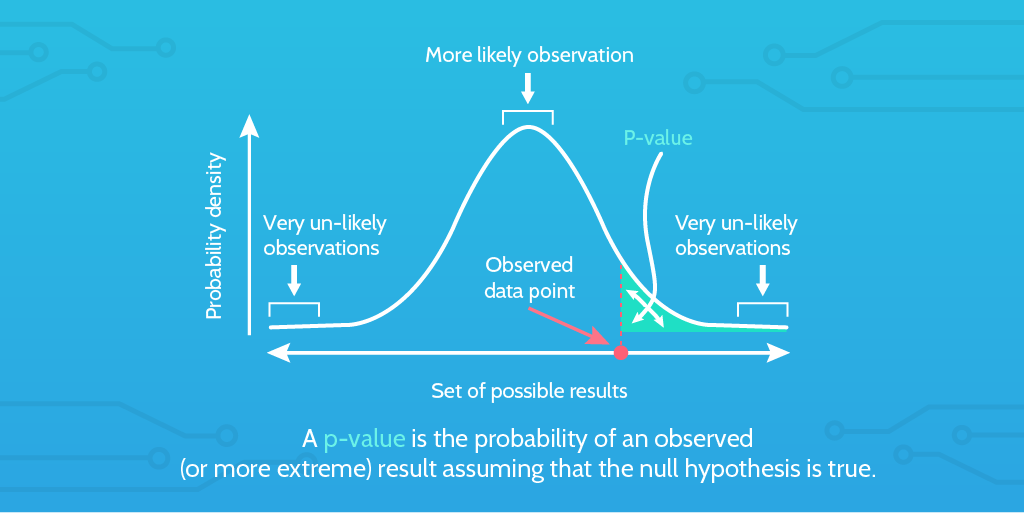
We now run all new SEM or display campaigns for an entire month before we take any further action towards optimizing the results. This way, we get the full picture of how our campaigns function and can more easily identify what’s going right or wrong. When we can identify what’s right or wrong, we can more quickly optimize the entire campaign to our liking.
Having the freedom to optimize our campaigns is significant because all we’re doing is improving something that already works. It’s a lot easier to do that than to start from scratch, look at what other businesses are doing, and then copy it. Copying other businesses isn’t always the best idea either because you’re not bringing anything new to the table. It’s important to look at campaigns from alternate perspectives, but that can only be done when you have enough data to work with.
Businesses with the freedom to improve every aspect of their campaigns by collecting as much data as possible are dangerous in a great way. Focusing on optimization means focusing on what the business can do to improve the customer experience. When the customer experience is positive overall, conversions tend to be higher, and that’s exactly what we’ve seen.
3. We switched from Basecamp to Asana
Switching from Basecamp to Asana came with huge benefits. For those of you who aren’t aware of what Asana does, it’s a task management tool for collaborating around tasks. While Process Street can handle recurring work and help you optimize repetitive processes, Asana provides a home for ad-hoc tasks.
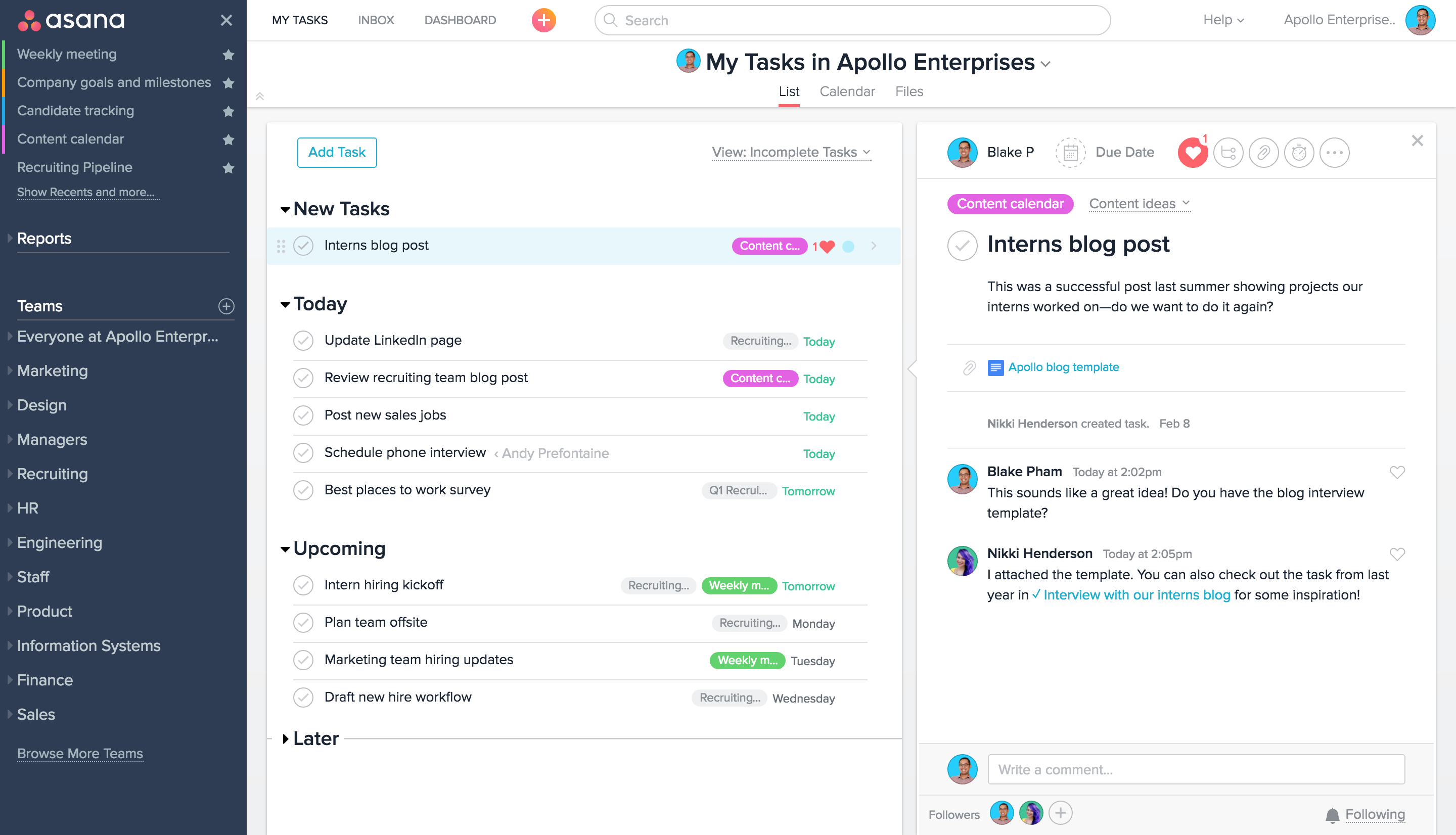
By dividing our team, we were able to split up tasks based on whatever criteria we wanted. Bigger businesses in bigger offices do this by having spaces for specific departments. We’re a small business in an open office and there’s some overlap in our skill sets; however, our writers can’t work with our developers, so we keep the two separate to avoid any potential confusion.
From there, we can create tasks and subtasks, leave comments on them in real time, and assign, add, and remove other employees to the task and subtasks. One user can create and assign a task to an employee, and that employee can assign followers to subtasks to ensure everyone’s working together. We can even access Asana outside the office as well, making it easier to stay connected when working from home.
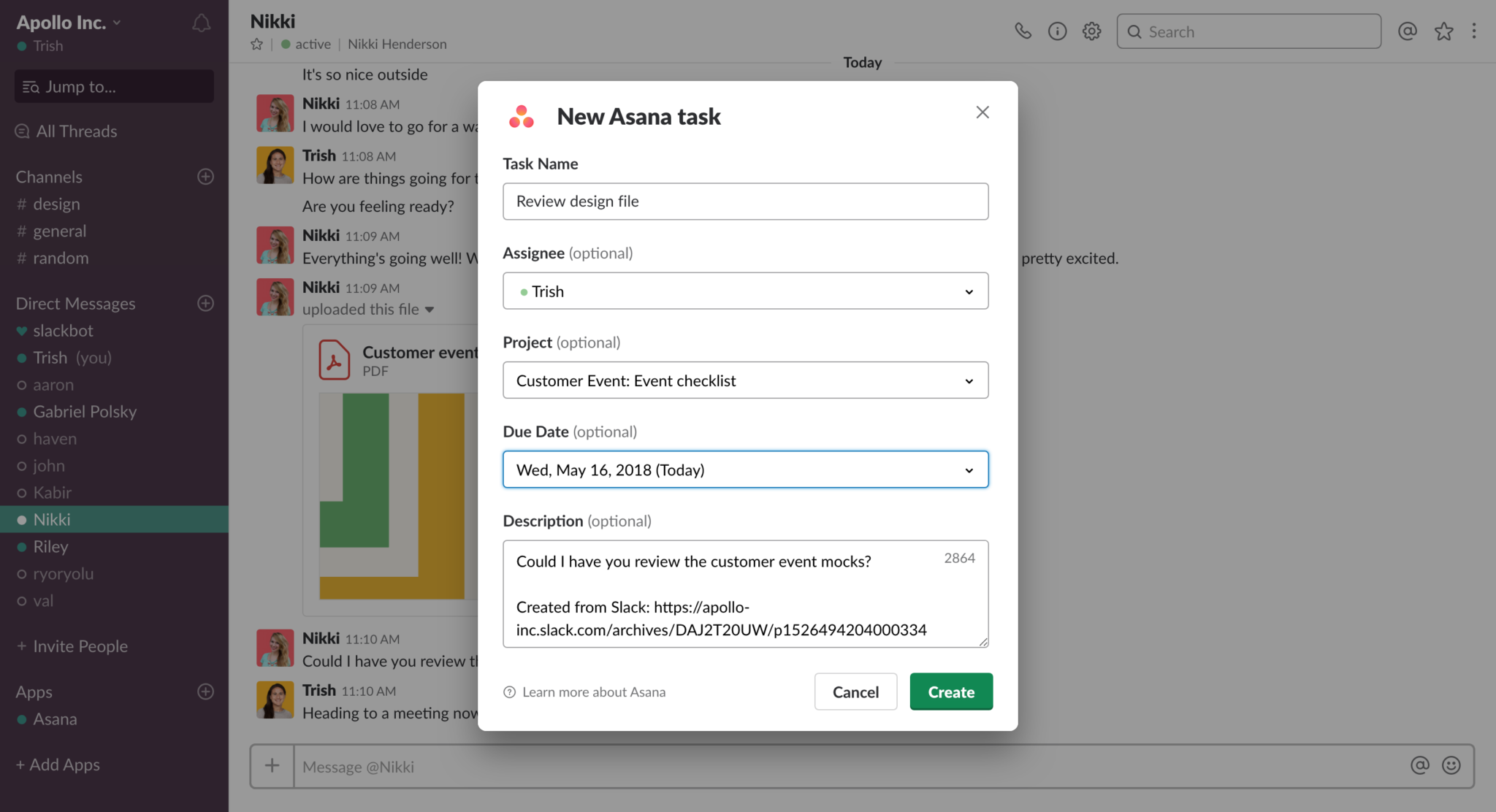
Asana has a useful integration with Slack that allows users to create tasks directly from Slack messages. This eliminates the back and forth between both programs and improves the user experience significantly. It also helps because Asana has a team calendar that allows teams to see when certain tasks are due and who’s working on them.
Task management is an absolute essential for any business handling a lot of tasks simultaneously – especially if that business has a significant remote workforce. Without it, we never would have been able to optimize our marketing workflows as quickly as we did.
The final word
Regardless of what kind of business you run, optimizing your marketing workflows is an important necessity to expand your audience and increase conversions. At GetVoIP, we focused on the big picture when we need to look at data on a micro-level, and looked for specific customer data that aligned only with what we wanted to know more about (instead of expanding and analyzing data from other sources).
Finding that balance was essential for our success. Instead of guessing what we needed to do to optimize our marketing workflows, we let the data guide us. From there, we used Asana to outline our email marketing strategy to keep ourselves organized. We could come up with the best email marketing plan the world has ever seen, but if we’re not capable of carrying it out effectively, it’s completely useless.
Our team is dedicated to the company on all levels. Management is clear with instructions and provides the right tools to our employees; employees are organized and have a strong desire to grow. We’re a humble, tight-knit group always looking for ways to improve. The VoIP providers we cover understand we’re here for them, and they help us help them.
The great thing about the changes we made is that they’re all easy to implement as long as your business is dedicated to improving the employee and customer experience. By prioritizing these two experiences, you can expect to see similar results. Of course, some of these changes might not be necessary for your business; there might even be other ways to optimize your workflow that we didn’t mention. However, the goal should always be to find what works best for your business.
Have you made any transformative tweaks to your marketing workflow recently? Let us know in the comments!







 Workflows
Workflows Forms
Forms Data Sets
Data Sets Pages
Pages Process AI
Process AI Automations
Automations Analytics
Analytics Apps
Apps Integrations
Integrations
 Property management
Property management
 Human resources
Human resources
 Customer management
Customer management
 Information technology
Information technology



Benjamin Brandall
Benjamin Brandall is a content marketer at Process Street.